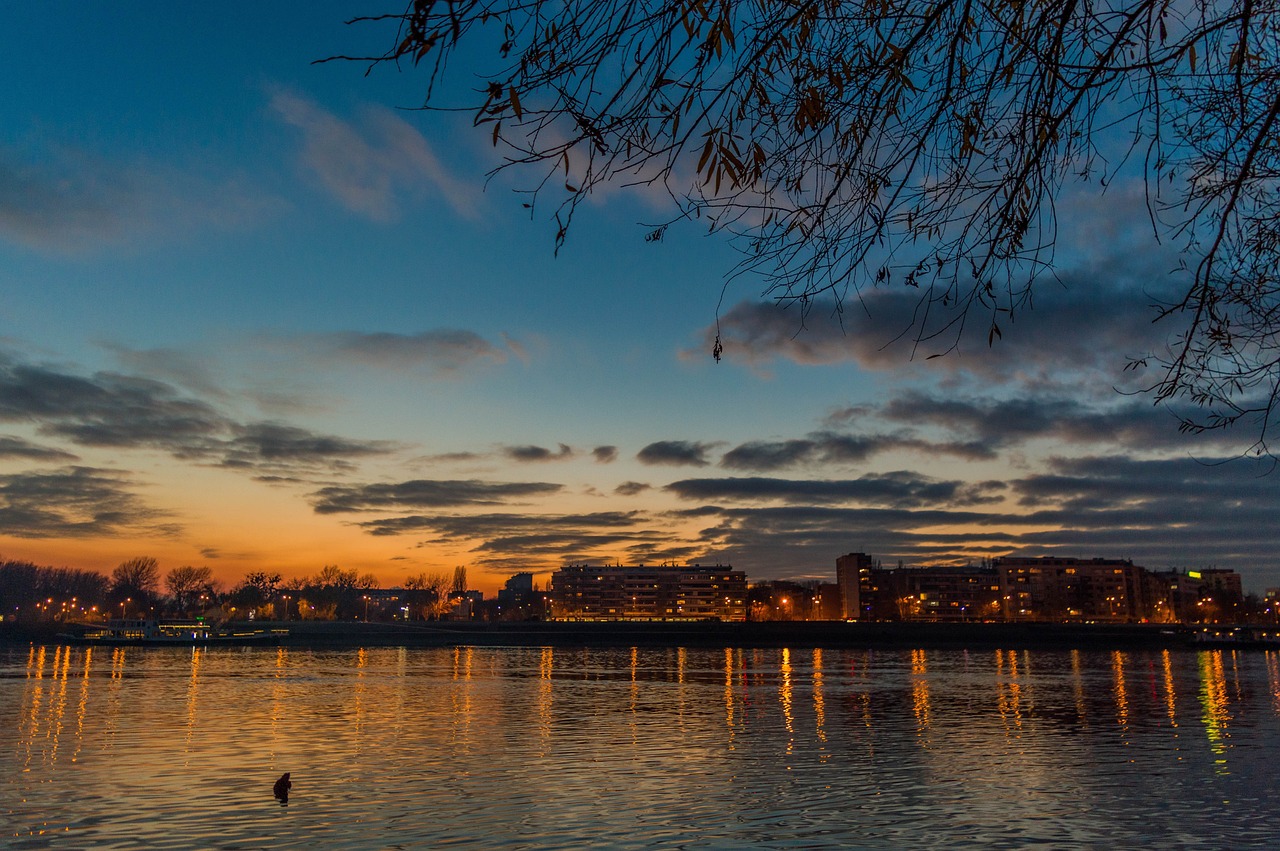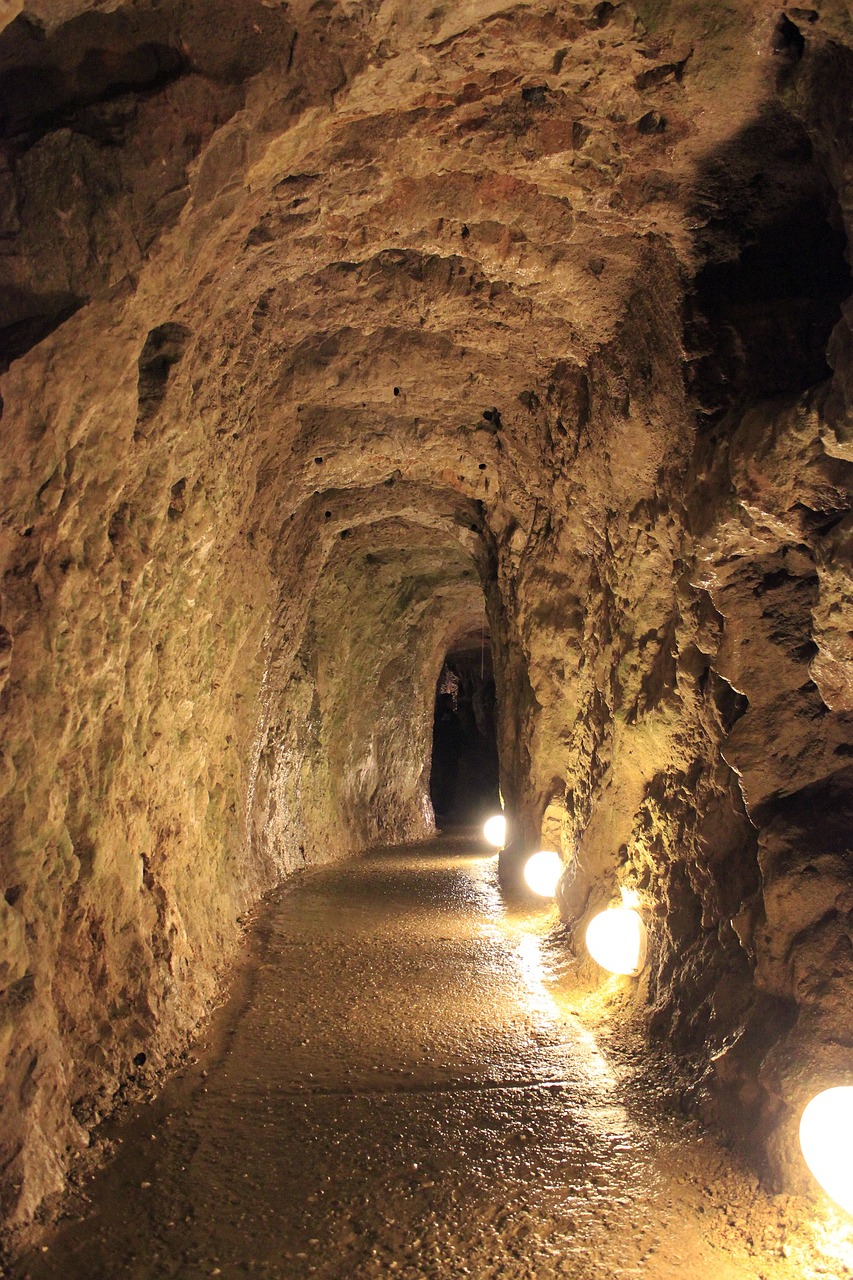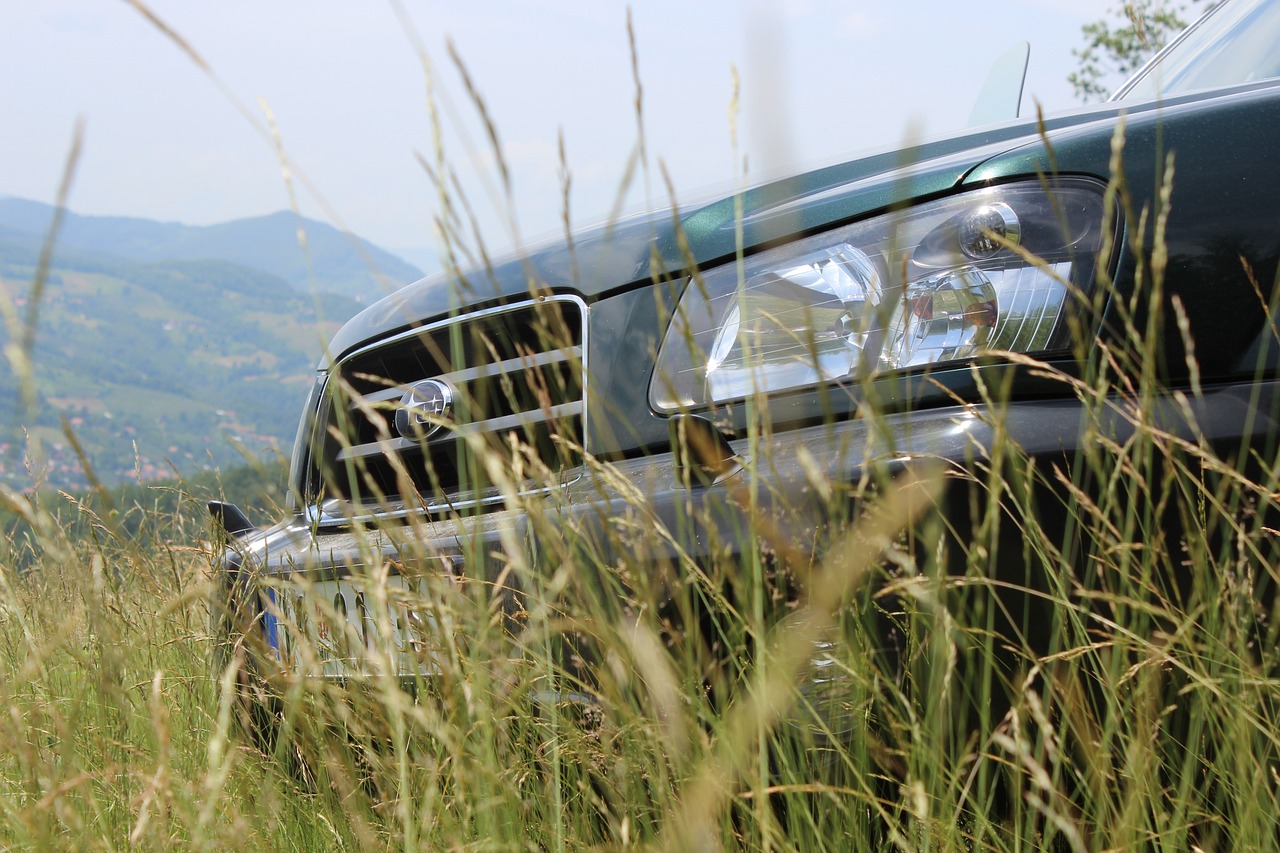Serbia Video
Indulging in Local Cuisine without Breaking the Bank in Serbia
Serbia is known for its rich and diverse culinary traditions, offering a wide range of delicious dishes and flavors. Exploring the local cuisine is a must-do when visiting Serbia, but it doesn’t have to break the bank. With a little knowledge and planning, you can indulge in the country’s authentic flavors without spending a fortune. In this article, we will guide you through the best ways to enjoy local cuisine in Serbia on a budget.
Traditional Serbian Dishes
- Ćevapi: These small grilled sausages made from a mixture of pork, beef, and lamb are a staple in Serbian cuisine. Served with onions and flatbread, Ćevapi are a popular and affordable choice.
- Pljeskavica: Similar to a hamburger, Pljeskavica is a grilled meat patty made from a combination of beef and pork. It is usually served in a bun with various toppings such as kajmak (a type of cream), ajvar (red pepper relish), and onions.
- Sarma: Sarma is a traditional Serbian dish consisting of cabbage leaves stuffed with a mixture of ground meat, rice, and spices. It is then cooked in a flavorful tomato sauce. Sarma is a hearty and affordable option.
- Gibanica: Gibanica is a savory pastry made with layers of filo dough and a filling of cheese, eggs, and sometimes spinach or meat. It is a popular dish for breakfast or as a snack and is relatively inexpensive.
Local Markets and Street Food
- Skadarlija Market: Located in Belgrade, Skadarlija Market is a vibrant and bustling market where you can find a variety of fresh produce, meats, cheeses, and traditional Serbian products. Explore the market and pick up ingredients to cook your own Serbian meal at a fraction of the cost of eating out.
- Burek: Burek is a popular Serbian street food made with layers of flaky pastry filled with cheese, meat, or spinach. You can find it in bakeries and food stalls throughout Serbia, and it’s an affordable and filling option.
- Pljeskavica Stalls: Look out for street food stalls specializing in Pljeskavica. These stalls offer delicious and budget-friendly options for a quick and tasty meal.
Affordable Local Eateries
- Kafana: Kafanas are traditional Serbian taverns where you can experience authentic Serbian cuisine at reasonable prices. These eateries offer a variety of dishes, including grilled meats, stews, and traditional desserts.
- Pekara: Pekaras are Serbian bakeries that serve a wide range of pastries, sandwiches, and snacks. They are an excellent choice for a quick and affordable meal.
- Fast Food Restaurants: Serbia has a variety of fast food restaurants that offer local specialties at lower prices compared to sit-down restaurants. Don’t miss out on trying Serbian-style fast food like pljeskavica or ćevapi.
Seasonal and Regional Specialties
- Ajvar: Ajvar is a delicious red pepper relish that is commonly eaten in Serbia. It is made from roasted red peppers, garlic, and oil. You can buy jars of ajvar at local markets and use it as a condiment or spread.
- Wild Berries: During the summer months, Serbia is abundant with wild berries such as raspberries, blackberries, and strawberries. Look out for local markets or pick your own berries in the countryside for a delicious and affordable treat.
- Kajmak: Kajmak is a creamy dairy product similar to clotted cream. It is often served with grilled meats or as a spread on bread. Try this regional specialty for a unique and budget-friendly culinary experience.
Serbia Image 1:

Exploring Local Wineries
- Wine Tastings: Serbia has a long history of winemaking, and there are many local wineries that offer affordable wine tastings. Sample a variety of Serbian wines and learn about the country’s winemaking traditions.
- Vineyard Tours: Some wineries also offer vineyard tours where you can explore the beautiful landscapes and learn about the grape-growing process. These tours often include wine tastings as well.
Traditional Desserts
- Palacinke: Palacinke are thin pancakes filled with various sweet fillings such as Nutella, jam, or fresh fruit. They are a popular dessert in Serbia and can be found in many local bakeries and restaurants at affordable prices.
- Krofne: Krofne are Serbian donuts filled with jam, chocolate, or custard. They are a sweet treat that can be enjoyed at any time of the day and are usually sold in bakeries.
Exploring Local Cuisine on a Budget
- Lunch Menus: Many restaurants in Serbia offer affordable lunch menus with a variety of options to choose from. These menus often include a soup or salad, a main course, and a dessert, providing excellent value for money.
- Sharing Plates: When dining out, consider sharing plates with your companions. This allows you to try a variety of dishes without breaking the bank.
- Local Recommendations: Ask locals or fellow travelers for their favorite budget-friendly eateries. They will often have insider tips on where to find the best local cuisine at affordable prices.
Serbia Image 2:

Conclusion
Indulging in local cuisine in Serbia doesn’t have to be expensive. By exploring traditional dishes, visiting local markets and eateries, and seeking out affordable options, you can enjoy the authentic flavors of Serbia without breaking the bank. Don’t miss the opportunity to try delicious dishes like ćevapi, pljeskavica, and sarma, and don’t forget to satisfy your sweet tooth with palacinke and krofne. With a little planning and a sense of adventure, you can have a memorable culinary experience in Serbia on a budget.
References
- belgrademyway.com
- serbia.com
- serbiatravel.com
Serbia Image 3:



